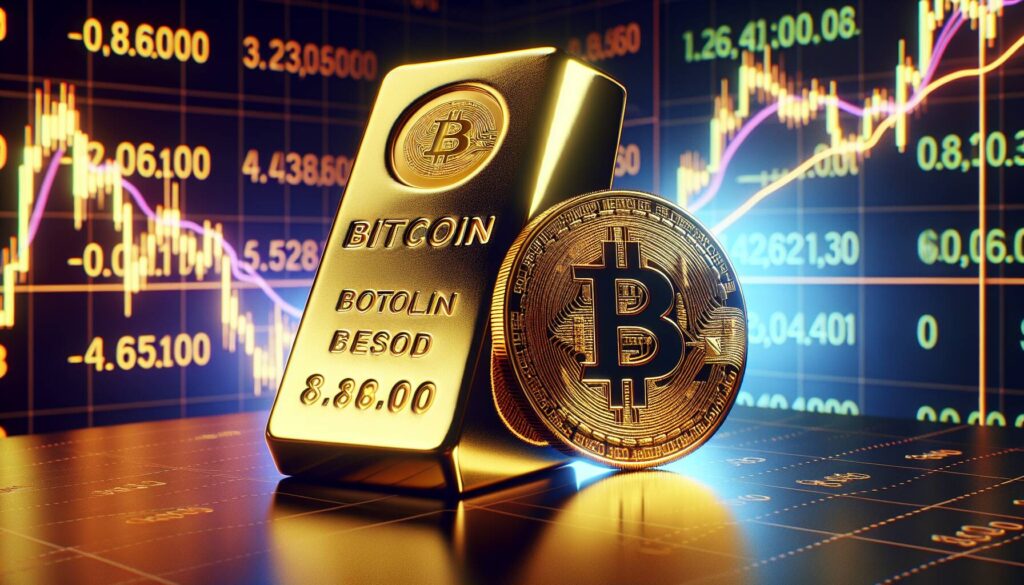In a significant move for South Korea’s cryptocurrency landscape, President Lee Jae-myung’s Democratic Party has introduced a bill to parliament aimed at paving the way for domestic companies to issue stablecoins. This initiative, dubbed the Digital Asset Basic Act, seeks to bolster transparency and foster competition in the rapidly evolving crypto market.
The proposed legislation requires companies to meet specific criteria, including a minimum equity capital of approximately 500 million won (around $368,000), the ability to guarantee refunds through reserves, and approval from the Financial Services Commission. These measures are part of President Lee’s broader commitment to support the nation’s vibrant community of 15 million crypto investors, particularly in light of his recent election promises.
Lee emphasized the necessity of nurturing a won-based stablecoin market to curb the potential outflow of national wealth to competing markets abroad. As stablecoins—tokens typically tied to traditional financial assets like the U.S. dollar—gain traction, they offer a buffer against the notorious volatility associated with cryptocurrencies such as bitcoin and ether, providing users a more stable environment for holding digital capital.
“This year has seen surging interest in stablecoins, spurred on by prospective regulatory advancements, especially in the U.S. market,” Bloomberg noted.
In recent developments, the stablecoin sector itself has reached new heights, with its total market capitalization hitting $250 billion for the first time. The robust performance of USDC issuer Circle’s stock following its IPO has also captured attention, as shares skyrocketed more than fourfold in just three days of trading.
As South Korea takes steps into this increasingly important segment of the cryptocurrency market, the implications for both local enterprises and international competition are significant, marking a potential shift in the dynamics of digital asset management.

South Korea’s Digital Asset Basic Act: Key Points
The recent legislative efforts in South Korea aim to transform the cryptocurrency landscape, particularly through the introduction of stablecoins.
- Legislation Introduction: The Democratic Party proposed the Digital Asset Basic Act allowing companies to issue stablecoins.
- Requirements for Companies: Companies must have at least 500 million won ($368,000) in equity and secure refunds through reserves.
- Financial Services Commission Approval: Issuing stablecoins will require approval from the Financial Services Commission, enhancing regulatory oversight.
- Support for Won-based Stablecoin Market: President Lee Jae-myung aims to support the local stablecoin market to retain national wealth.
- Stablecoins Explained: Stablecoins are pegged to traditional financial assets, offering stability compared to volatile cryptocurrencies.
- Market Dynamics: The stablecoin sector is increasingly relevant with a market cap reaching $250 billion, reflecting growing investor interest.
- Impact of Regulatory Developments: U.S. regulatory progress has positively influenced interest in stablecoins, highlighted by the success of USDC’s recent IPO.
“The rise of the stablecoin sector is significant for both investors and companies looking to navigate the cryptocurrency market safely.”
South Korea’s Digital Asset Basic Act: A Game Changer in the Stablecoin Arena
The recent legislative initiative by South Korea’s President Lee Jae-myung, through the Democratic Party’s Digital Asset Basic Act, marks a significant step in the realm of cryptocurrency regulation, particularly for stablecoins. This development stands out in a competitive landscape where countries are increasingly scrutinizing digital asset frameworks. By allowing leading companies to issue their own stablecoins, pending certain financial criteria and governmental approval, South Korea is positioning itself as a forward-thinking player in the blockchain space.
Comparatively, the United States has seen a variety of stablecoin regulations emerge, primarily driven by the need for investor protection and market stability. However, the multifaceted regulatory environment in the U.S. may cause slower adoption compared to South Korea’s more streamlined approach. South Korea’s emphasis on transparency and competition could draw firms and investments that might otherwise gravitate towards more uncertain regulatory atmospheres, such as that of the U.S., where Tether’s USDT remains dominant.
On the other hand, Europe’s regulatory framework is increasingly cautious, which could create challenges for aspiring players within the region. As South Korea encourages entrepreneurial spirit in the cryptocurrency sector, this could translate to a competitive edge over European nations, possibly leading to a brain drain or capital flight as firms seek more favorable conditions.
This initiative is particularly advantageous for domestic companies looking to innovate within the stablecoin space, as it lowers barriers to entry while maintaining a focus on capital assurance and fiscal responsibility. However, this could create problems for smaller startups unable to meet the equity requirements, potentially stifling diversity in the market.
Furthermore, the growth of the won-backed stablecoin market may present challenges for existing players like Tether and Circle, as South Korea’s embrace of localized stablecoins could detract from their market share, particularly among South Korean investors. This dynamic could spark a competitive race for dominance in new territories within the stablecoin marketplace.
















